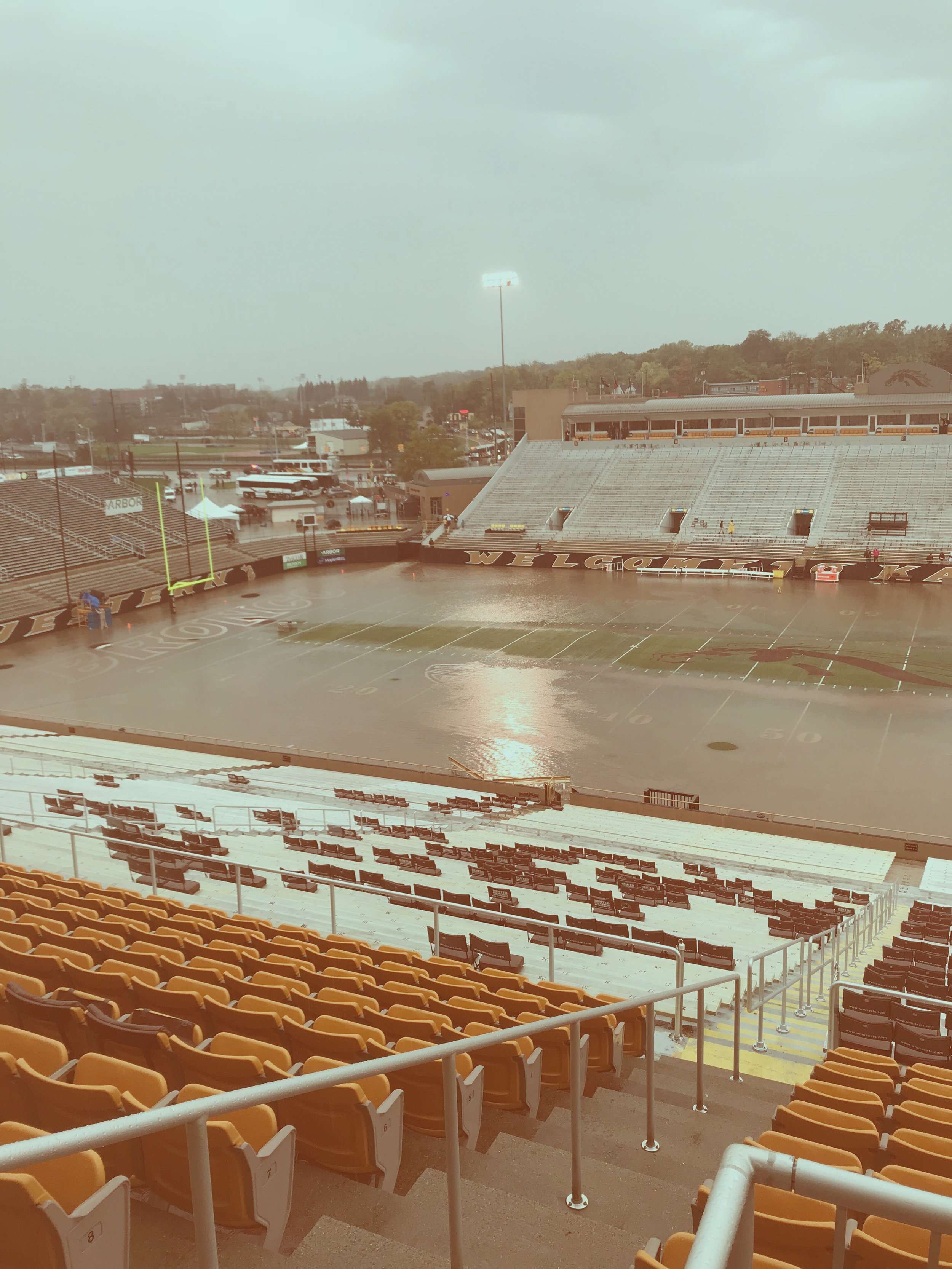Why it matters
Sport relies on a healthy environment. But this bond is unraveling as climate change accelerates and environmental degradation worsens. From sweltering tennis courts to vanishing ski slopes, rising temperatures, pollution and extreme weather are rewriting the rules of play and putting athletes and fans at risk.
Without rapid and widespread cuts to fossil fuel use, sport faces an uncertain future.
Extreme Heat
Heat waves, like all extreme weather events, increase in frequency as global temperatures rise. Heat stress poses a particularly dangerous threat to human health. At 35°C+ with high humidity, humans are no longer able to sweat, causing internal temperatures to rise dangerously. Temperatures above this limit pose a particular threat to athletes competing at their physical limit, often outdoors.
At the 2023 US Open, players clutched ice packs to endure 35°C+ court temperatures.
At the 2019 Ashes series, England’s Joe Root was hospitalised after collapsing in 42°C (107°F) heat.
Footballers competing at the 2026 World Cup are expected to face a “very high risk of experiencing extreme heat stress” at 10 of the 16 tournament stadiums.
Air Pollution
Athlete and fan health is threatened by air pollution. Wildfire smoke and coal burning, in particular, are notorious for releasing toxic particles that cause long-term health problems, such as heart disease, asthma and several types of cancer.
At the 2020 Australian Open, tennis player Dalila Jakupović collapsed mid-match, gasping for air while playing in ongoing bushfire smoke.
Half of the 2023 Cricket World Cup matches were played in ‘unhealthy’ air.
For endurance athletes, polluted air means reduced oxygen intake that impacts performance while causing long-term respiratory risks.
Cancellations and Chaos
Climate-driven disasters are derailing sporting events around the world. These disruptions are responsible for huge economic fallout and heartbreak for fans. Damaged infrastructure and cancelled events pose a significant threat to the viability of grassroots sports that do not have the resources of the top-tier.
The Football Association (FA) in the UK says estimates that around 100,000 grassroots football matches are cancelled each year due to bad weather.
The Tokyo 2020 Olympics moved its marathons to 6 AM and coated roads with high-reflective paint. Despite these changes, relocated marathoners still faced 35°C heat.
Vanishing landscapes and ecosystems
For some sports, moving the location or time of an event is enough to avoid the worst impacts of a warming climate. But for some, the challenge is significantly greater.
A University of Waterloo study warns only 4 of 21 past Winter Olympic hosts may remain viable by 2050 under 4.4°C warming.
The Alps, warming twice as fast as the global average, have shuttered low-altitude resorts, while U.S. ski towns invest millions in artificial snow.
Join the Cool Down network
Cool down is the sports for climate action network, working to help sports lead the way on rapid transition. We believe that sport and the climate emergency are inseparable. If your organisation works towards a similar goal and would like to join the network, please complete the short form below. We will be in touch via email with further information about how to get involved.














